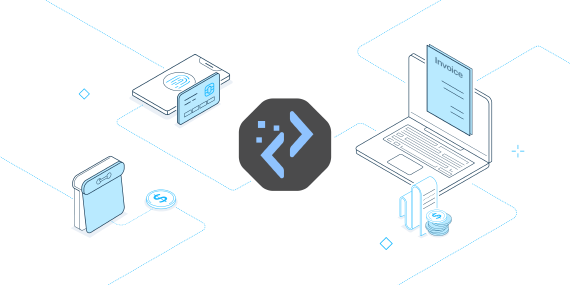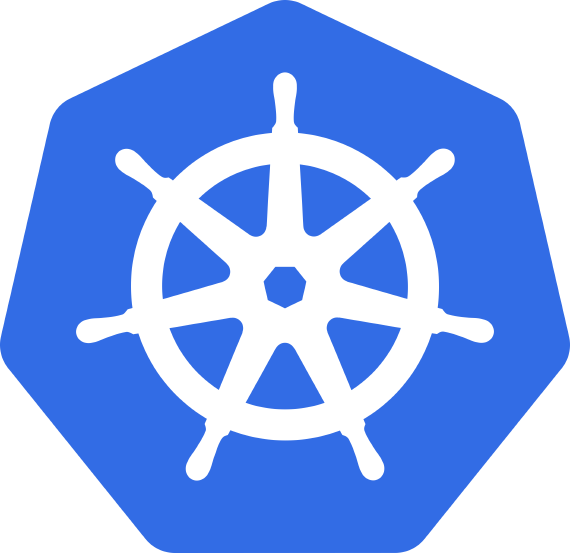
Code Signing With Compage- Safeguarding Your Software Supply Chain from Threats
A software supply chain comprises the code, people, system, and processes of creating, distributing, and …

Nowadays, software companies tend to use/borrow a lot of code that has been created by third-parties. Usually, this code
is taken from open-source codebases. In fact,
around 85% of enterprise codebases contain code that has been taken
from open-source. Each addition of this open-source code counts as a dependency for the enterprise codebase, and
each dependency adds to the list of possible vulnerabilities in the software product. This is
where software supply chain security comes into play.
This is a concept not understood often by fledgling developers, so let’s get into what this is, and which best practices
to follow.
The software supply chain is defined by anything and everything that takes part in your software product. This includes
everything from binaries and open source libraries, to whoever wrote the code and known vulnerabilities.
We must care about this security as developers because, as mentioned before, software products carry a lot of
dependencies from open-source. If any of these dependencies have vulnerabilities, then those vulnerabilities extend into
your software product as well. This also means that all parts of a supply chain can affect our software, and can
contribute to vulnerabilities.
This is extremely important, as keeping track of vulnerabilities in our supply chain can get tedious if your software
product has hundreds of open source codebases to keep track of.
An attack occurs on the software supply chain when malicious code is added to a component of software, and spread using
that same software’s supply chain.
These are very real attacks that can be executed very easily. The reasoning behind which is that anyone can contribute
to open source code. If the code is not well maintained and/or the pull request is not reviewed thoroughly, malicious
code can be inserted into the codebase. This will then be used by whatever software supply chains the open source
codebase is part of.
The now inserted malicious code can execute crypto mining, or create a backdoor for bots to access.
Fewer than 10 attacks occur each year, and they are extremely targeted.
Did You Know? -
Log4ShellAttack
Log4Shellis a vulnerability within a popular Java library used for logging errors in applications.
This vulnerability allows attackers to take control of a device (through the internet) if the device is using a certain version of this library. Since this library was ubiquitous, this in turn resulted in millions of attempted exploits.
This snafu serves as a reminder to developers and enterprises to maintain our software supply chain security.
Currently, major threats to software supply chains are still present within open source codebases. More specifically, vulnerabilities that have been identified within these codebases tend to persist without being fixed. Of course, it’s most likely that these vulnerabilities will eventually be fixed with patches. However, the identification of and patching these vulnerabilities tends to make software supply chain attacks easier to execute.
Keeping your software supply chain secure goes beyond just constantly applying patches. In order to fully embrace a
secure software
supply chain, you must adopt the DevSecOps philosophy. This idea aims to integrate security into every aspect of
development and deployment for an app.
There are three key best practices:
Of course, these practices can be combined with other, more basic practices. You can try to use signed builds of
dependencies, or verified components such that you maintain the integrity of your supply chain. An important word to
note is “provenance”, which is knowing where a component came from, and verifying/trusting its source.
There are also certain tools that can make following these practices easy. For example, identifying dependencies is easy
on GitHub using
the dependency graph.
Other tools such as GitHub’s Dependabot can help you by
notifying you of vulnerabilities within your codebase’s dependencies.
In conclusion, the software supply chain is composed of any and all parts that are required to make software. Meanwhile, software supply chain security deals with protecting our software from all of the vulnerabilities that our dependencies bring to the table. In order to keep software products up-to-date and secure, we must keep track and manage all of our dependencies.

A software supply chain comprises the code, people, system, and processes of creating, distributing, and …

Whatever your business, customers want a great product and even better customer service. Delivering such an …

Imagine embarking on a journey across uncharted seas—the world of software deployment. Navigating these waters …
Finding the right talent is pain. More so, keeping up with concepts, culture, technology and tools. We all have been there. Our AI-based automated solutions helps eliminate these issues, making your teams lives easy.
Contact Us